6 TIPS FOR HIGH PERFORAMNCE MACHINING
Check out these 6 tips for high perforamance machining.1. UNDERSTANDING THE NEED FOR INCREASED CUTTING PRESSURE
As a rule of thumb, a minimum of 20% of the diameter of the tool should be utilized. If the part and/or machine configuration does not allow for this large of a step-over, then the recommended catalog feed rate should be doubled to increase cutting pressure. Failure to “load” the tool may cause premature wear and a loss in productivity.
2. USE STRONG, SECURE TOOL HOLDERS & FIXTURING
Utilizing an anti-pull-out system is the first choice when high-performance milling is applied. Sidelock holders, milling chucks, and Shrinkfit holders with anti-pull-out systems will help ensure that the tools are secure and provide optimal run-out of less than 0.0004”. Some high-precision collet systems and heavy-duty reinforced hydraulic chucks are a second option. However, the pull-out cannot be forgotten. Rigid fixturing and clamping will help ensure that the workpiece stays fastened to the machining table.
3. LIMITING FACTORS OF MACHINE TOOLS
Knowing machine tool limitations and horsepower consumption rates prior to implementing HPM strategies is crucial for success. These methods consume higher levels of horsepower and torque compared to standard milling strategies, this can push machine tools past their limits causing catastrophic failures. Using greater than a ½” diameter end mill in a CAT40 or similar size taper machine tool while utilizing HPM strategies could be problematic. Knowing your machine’s limit is always the best option.
4. NOT ALL STAINLESS STEELS ARE CREATED EQUAL
To ensure optimal success, careful consideration must be taken when machining common pH hardened stainless steels such as 13-8, 15-5, and 17-4. When heat-treated to a range of 32-42 HRc, these materials have a machining characteristic like common tool steel. The ST430.2 is designed for steel machining applications and may be a better option than the ST440.2 which is the first choice tool for stainless steel applications. Utilizing the recommended cutting parameters for the ST440.2 while using the ST430.2, is a safe common practice.
5. VERSATILE STABILIZER 2.0
If you wanted to choose one Stabilizer 2.0 series as an all-around tool for machining both steel and stainless steels, the ST440.2 series is the answer. Feed rates in steel are lower than the ST430.2 series due to reduced chip spacing (higher helix angle = less chip spacing). On average, the fpt of the ST440.2 series is 25% of the max feed rate in steel compared to the ST430.2 series. Example: fpt in 4140 for a 1.00” OD ST430.2 is 0.005”, fpt for a 1.00” OD ST440.2 will only be 0.00375”.
6. RECOMMENDED CUTTING PARAMETERS
Through meticulous research and years of first-hand experience, we have developed specific recommended cutting parameters. Cutting data is optimized for each tool’s design, specifications, and material groups. These configurations should always be used as a starting point and then modified from there depending on the application.
Related content
Stabilizer 2.0 range overview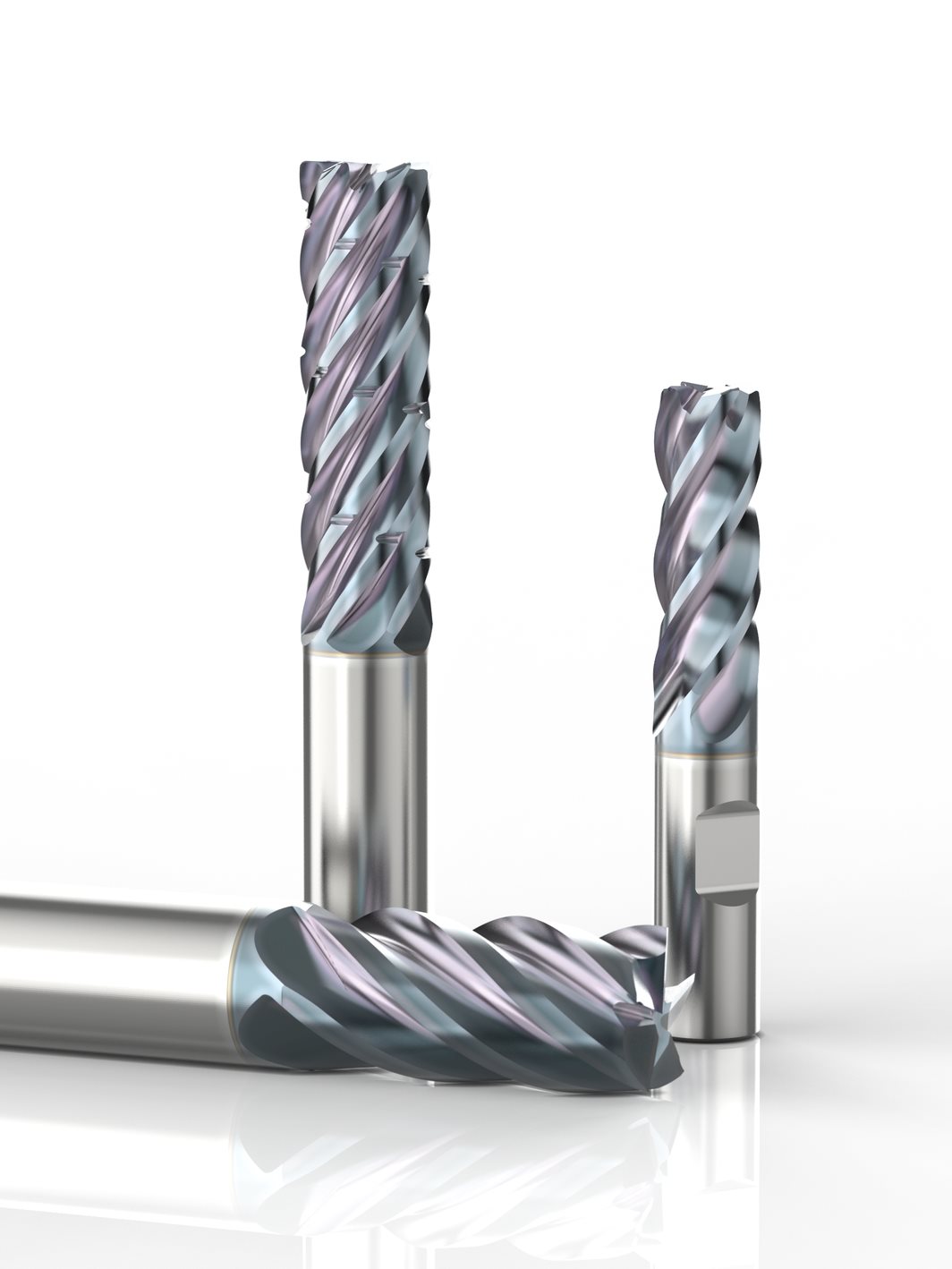
High Performance Optimized Roughing in 17 4 PH Stainless Steel Dry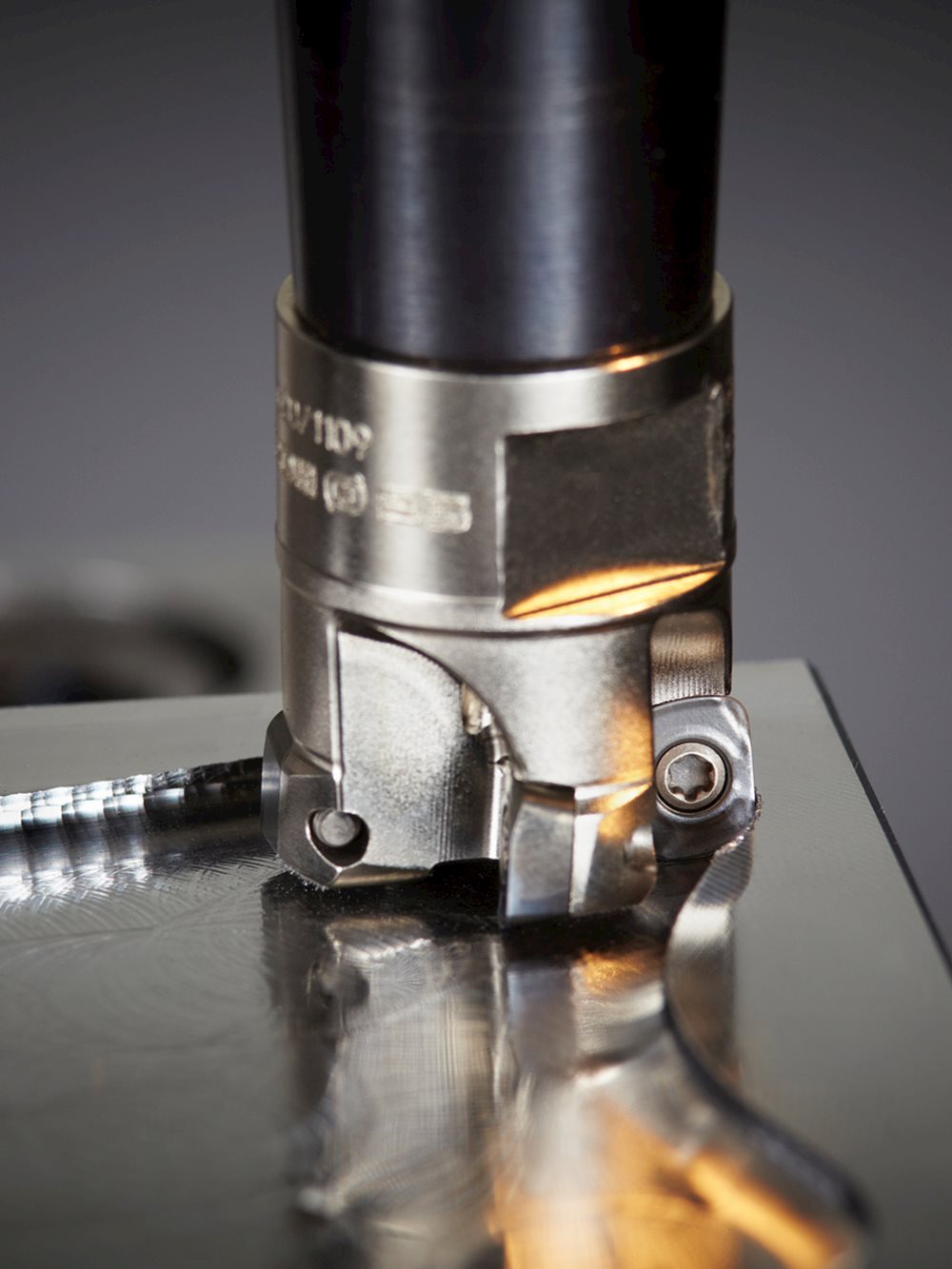
Niagara Cutter High Feed Machining Product Introduction
Milling
Factsheet - Seco® Stabilizer™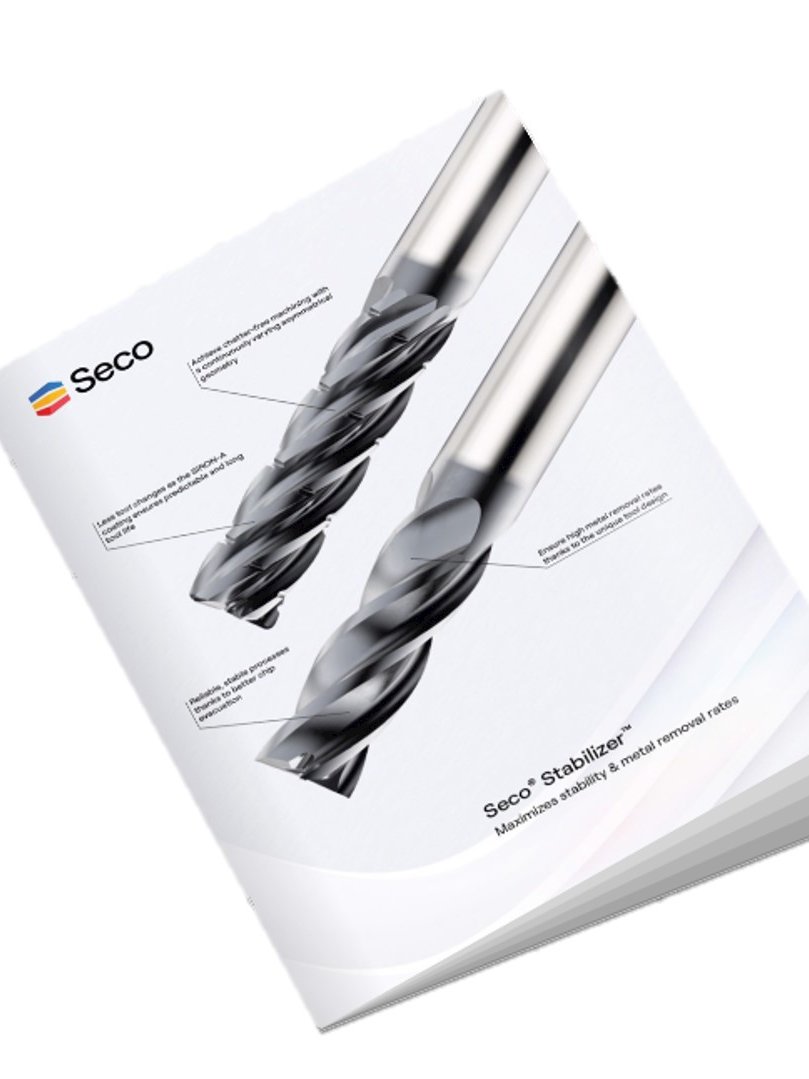
ABOUT NIAGARA CUTTER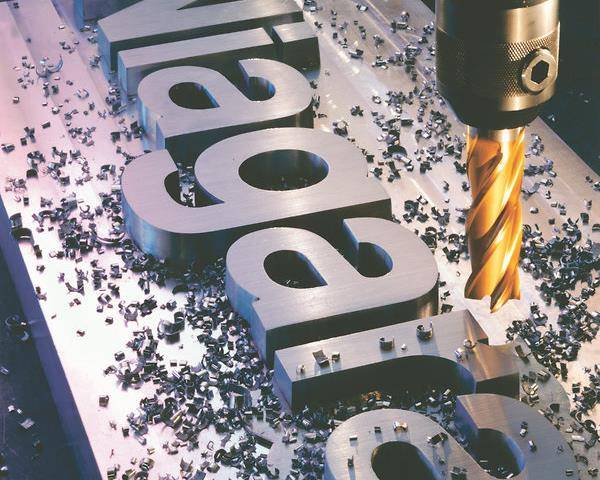
STR440.2 - High Performance - Square and Ball - Superalloys - 4 Flutes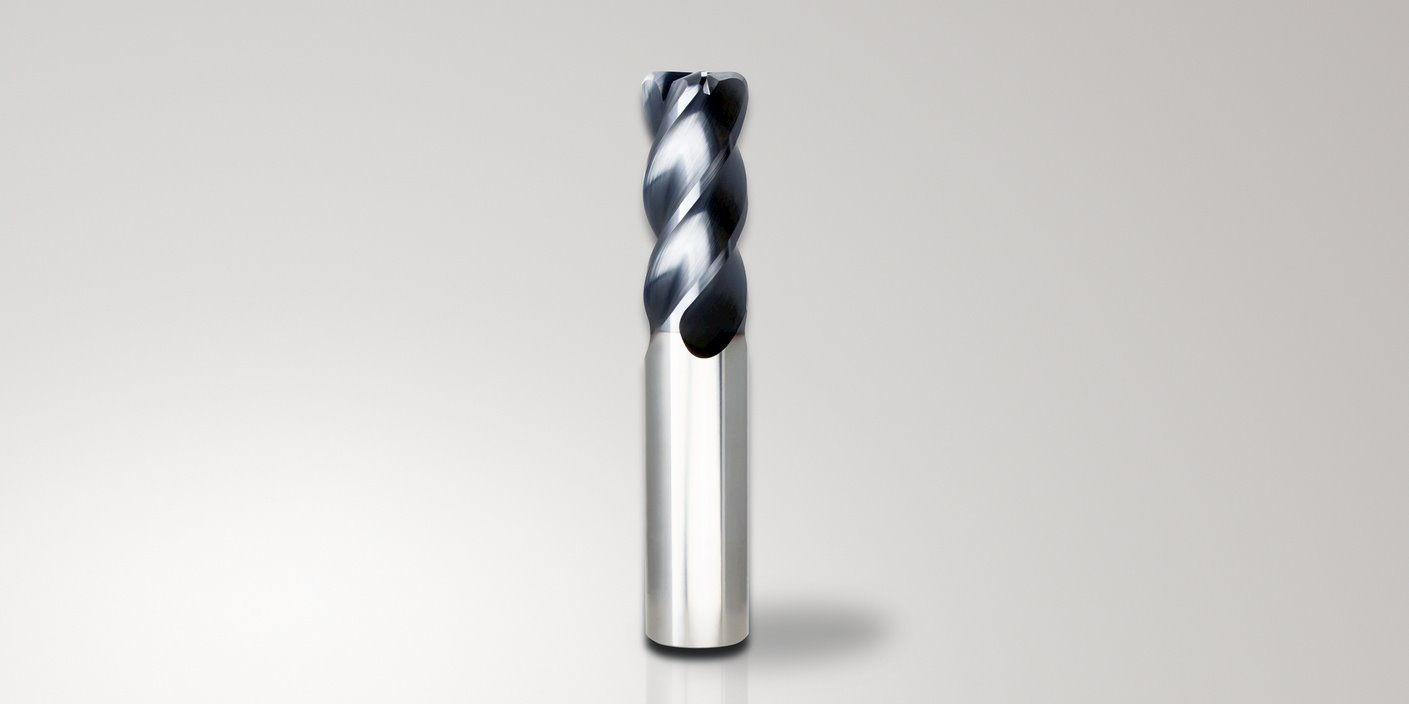
STR430.2 - High Performance - Square and Ball - Steel - 4 Flutes
Video: Duratomic: Top performance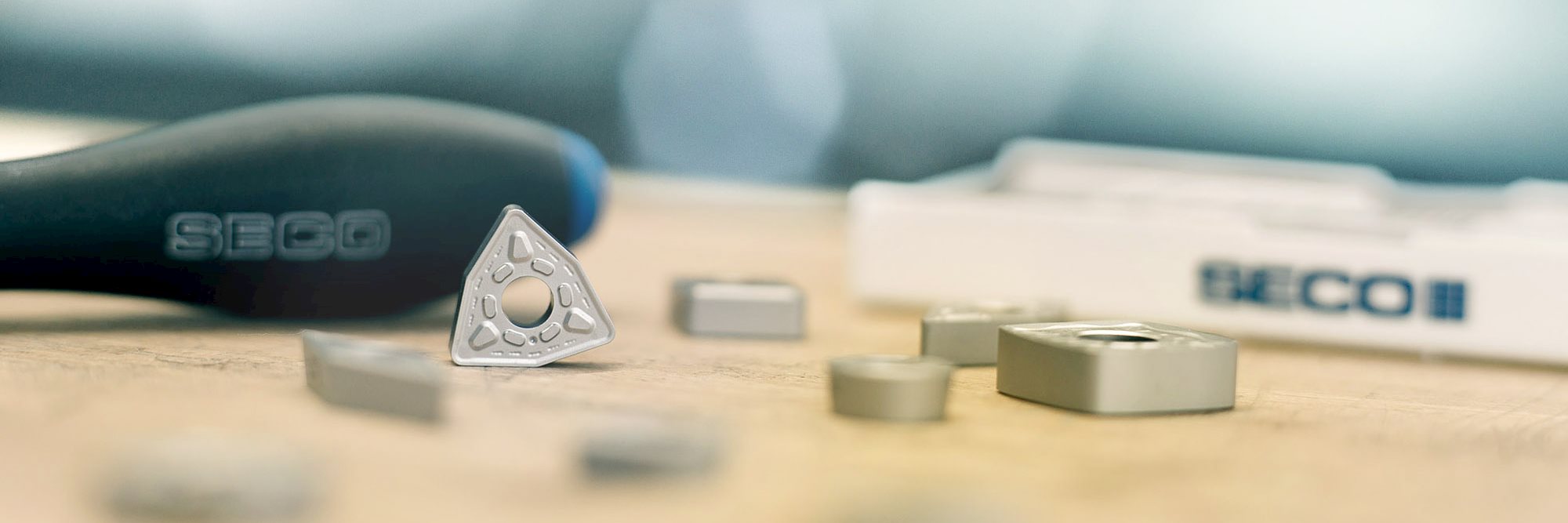
Video: Niagara Cutter Stabilizer 2.0 Product Introduction
Seco Stabilizer Series: Unmatched Metal Removal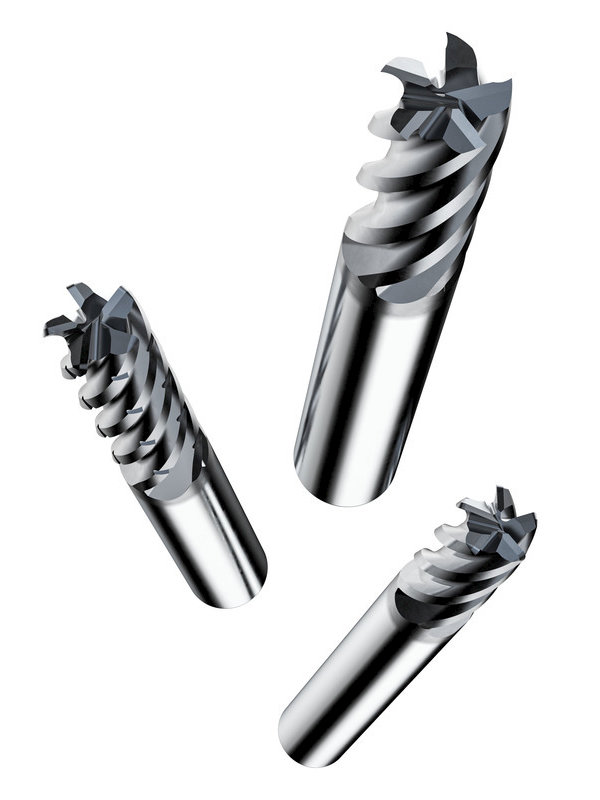
Machining Navigator / Product Catalog Milling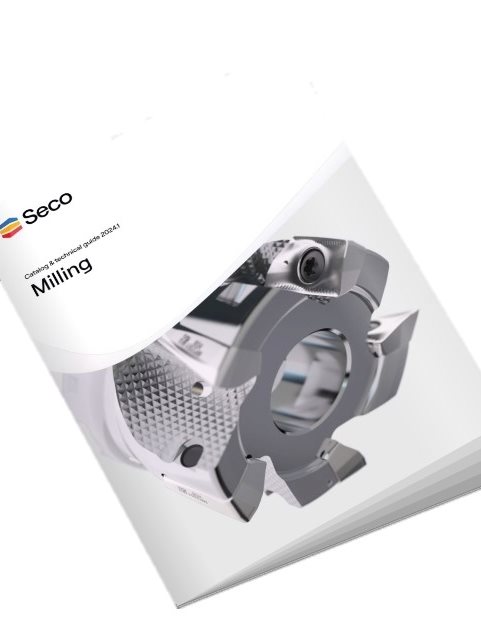
Niagara Cutter Multi Flute - Elite Series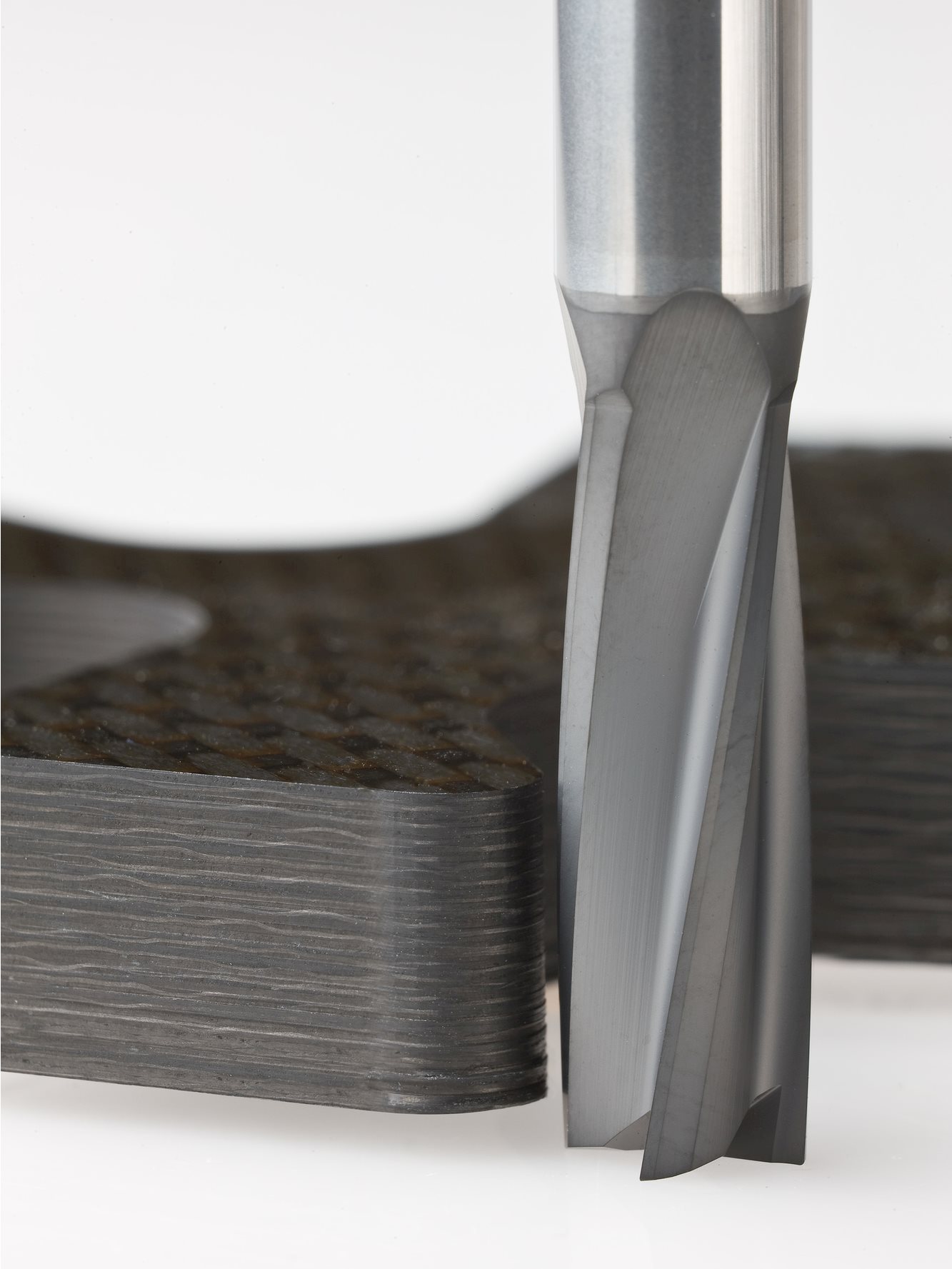
Optimized Roughing 17-4 PH Stainless Steel Dry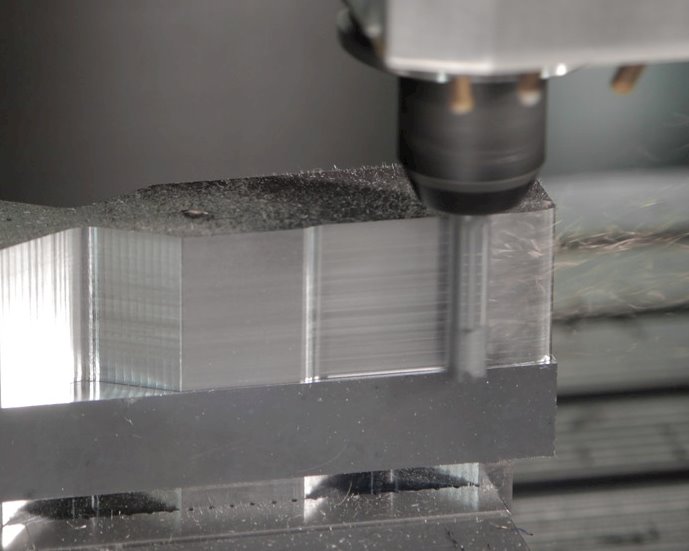
Niagara Cutter's SN200R, SN400R and SN500R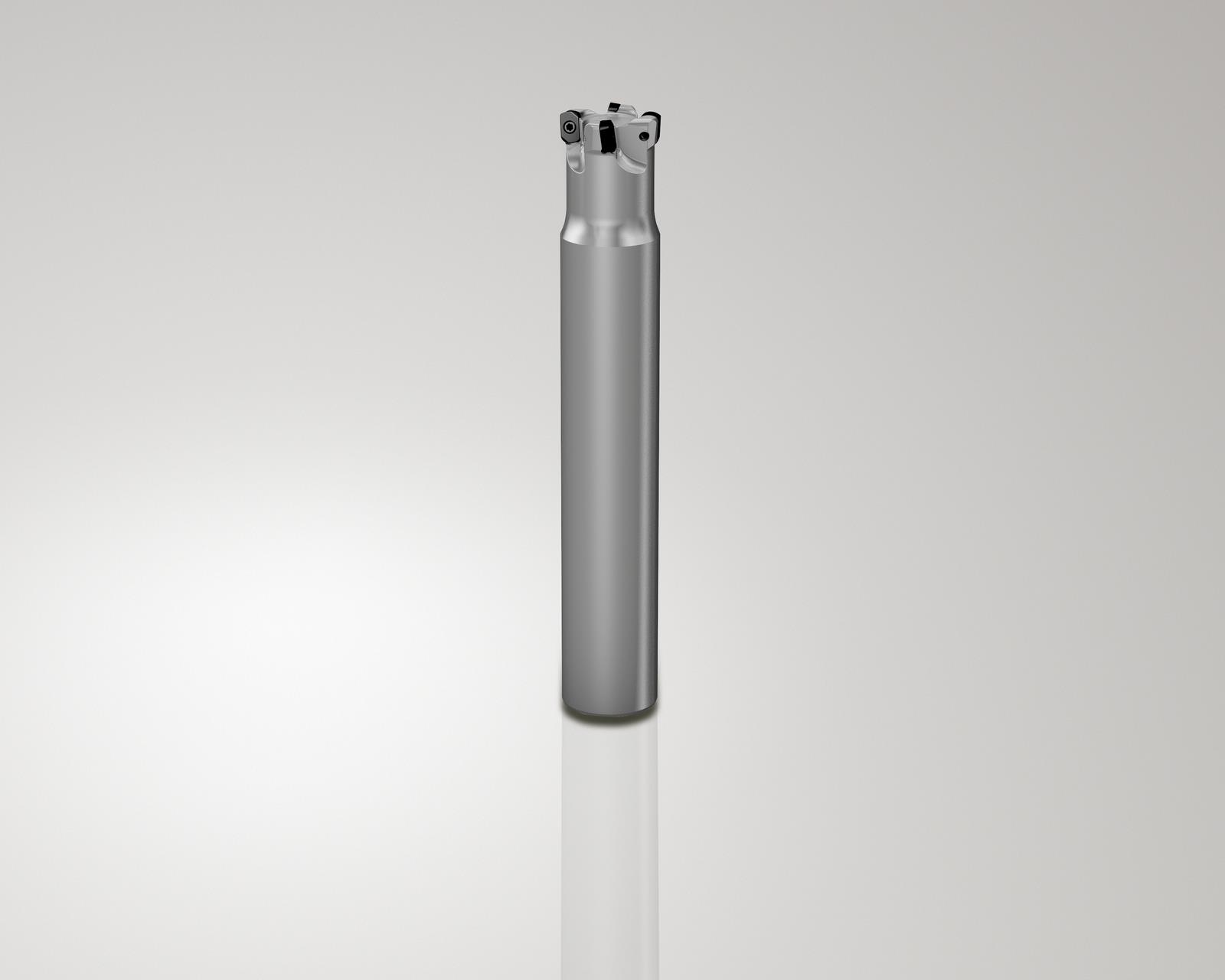
High Performance Optimized Roughing with Stabilizer 2.0
Mold & Die End Mill Expansion Introduction
Seco Stabilizer ST5541 permorming Dynamic Milling
Seco Stabilizer ST5541 Side Milling and Ramping machining demo | Seco Tools
Seco Stabilizer ST5541 Slot Milling demo | Seco Tools
Suggest